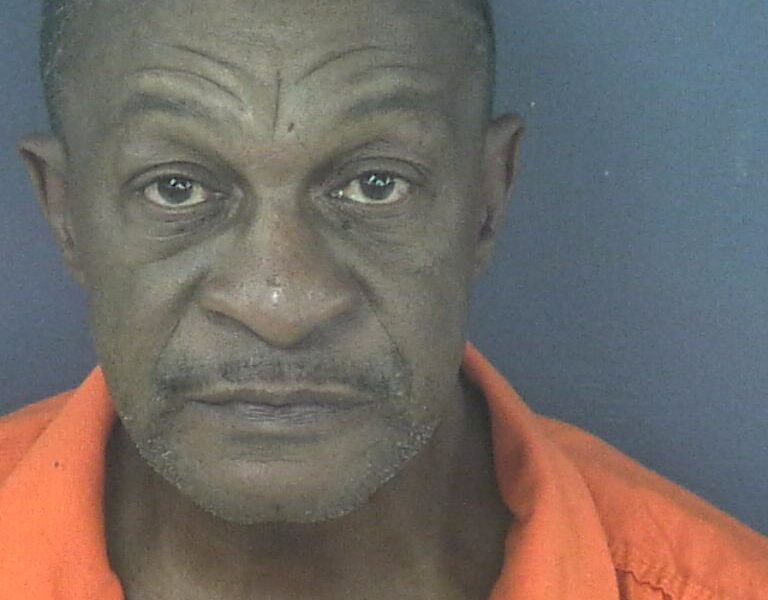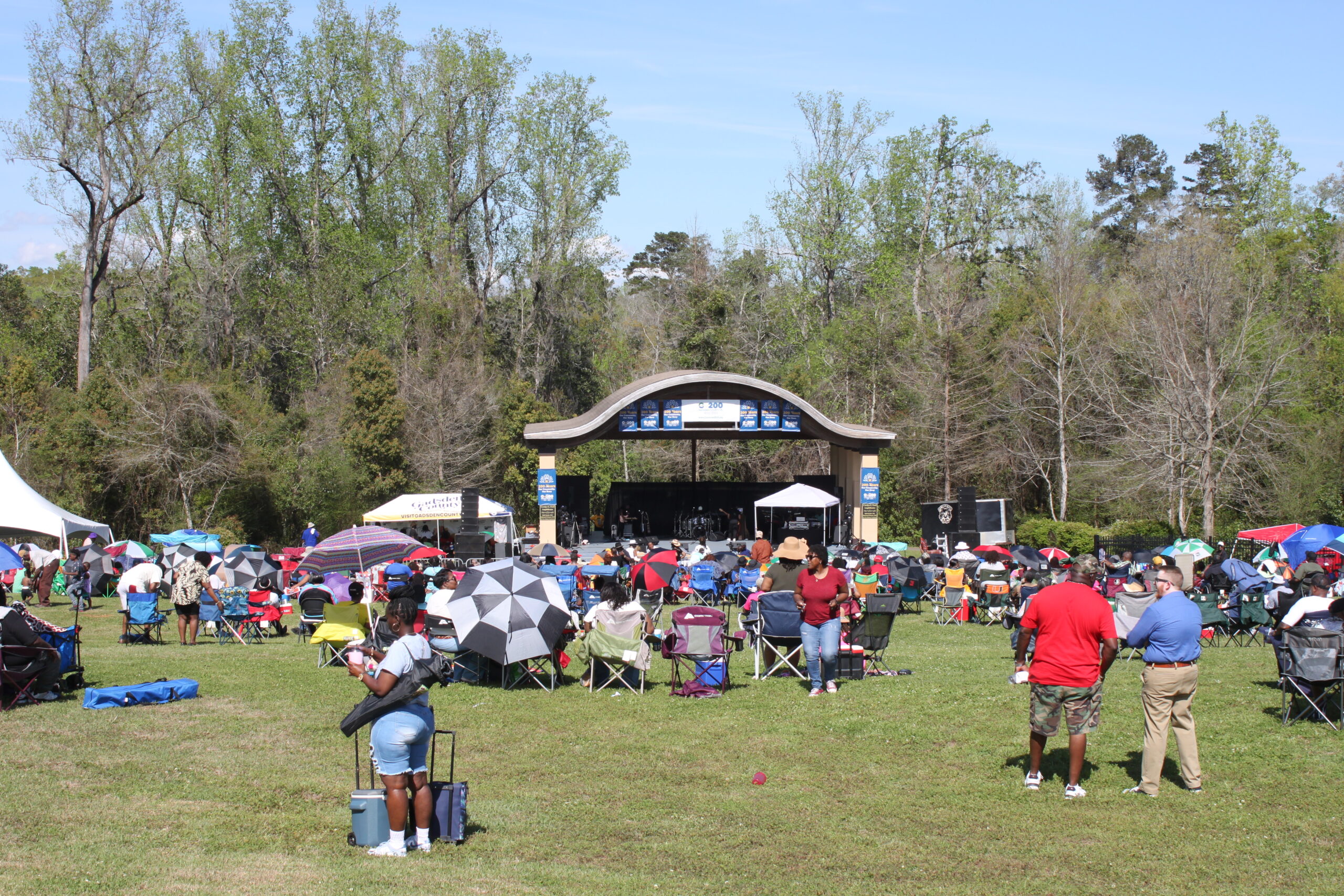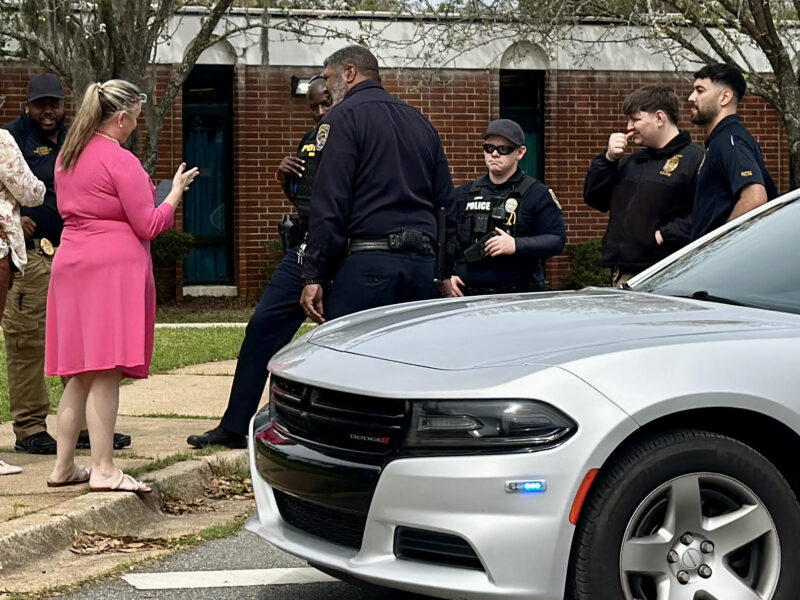Among the key topics of discussion at this past Tuesday’s Sneads Town Council meeting was rebuilding local infrastructure and public facilities nearly nine months after Category 4 Hurricane Michael battered the region on October 10, 2018.
Though not directly related to Hurricane Michael damage, resurfacing Gay Avenue was at the top of the council’s infrastructure improvement agenda. New council member Alton Ranew – sworn in after April municipal elections – noted that paving Gay Avenue would provide a “safer and more direct route” to Highway 90 for school buses.
The council concurred, voting 5-0 to proceed with the Gay Avenue repaving project, which should be completed by next year if all goes according to plan.
Jackson County Commissioner Eric Hill, who attended the Tuesday night meeting, echoed the council’s sentiments, saying this would be “a good thing for Sneads.”
Next up Tuesday night: repairs to the town’s storm damaged athletic facilities.
Jason Everite of Everite Fencing in Tallahassee reported that he’s “starting with the football field,” and that he is working under FEMA guidelines. He told the council he expects to be finished in the weeks to come. Council members asked if all the materials being used in the ballfield repairs were new, to which Everite responded “no.”
The council took no official action on the fencing matter Tuesday night, nor did they hold a vote on the next agenda item: FEMA reimbursements.
Two consultants hired by the Town of Sneads to assist with FEMA reimbursements and Hurricane Michael-related insurance claims – Jeff Stevens of the Parametrics company in Waldwick, New Jersey. and Alton Brock of Atlys Global Foresight of Point Pleasant Beach, New Jersey – provided a lengthy report to the council this past Tuesday.
Their work is “about two-thirds done,” Stevens told the council, “but you’ll have better facilities than you had before the storm.”
FEMA reimbursements allow for “mitigation” improvements to make infrastructure more resistant to future storm, Stevens explained. Mentioned in his report were repairs to the town’s wastewater treatment plant and the pavilion at the recreation park.
“We’re working diligently,” Stevens said, “but you can’t predict time when working with FEMA. It’s infuriating at times to us and mind boggling to you all. It seems there is a lack of efficiency.”
On a brighter note, Stevens noted that FEMA reimbursements would be 90 percent, versus the previous 75 percent-25 percent split between FEMA payments and the town’s payment contribution obligation. He added the town has done a “good job” of providing volunteer hours, which can be counted instead of cash required from the town.
After all FEMA work is complete, Stevens continued, Community Development Block Grants (CDBG) could become available for further improvements to the town’s infrastructure and facilities.
“The plan is to leave Sneads in a better state than it was prior to Michael,” Stevens said.
Brock reported that he will soon have a “third visit with the insurance company,” concerning the Pavilion. The insurance company does not want to pay, he said Tuesday, but FEMA would cover anything over the insurance, then mitigation, as well.






